The following article, which documents just some of the dark history behind the ethnic cleansing and mass expulsion of Whites from the city of St. Louis, Missouri, was submitted to the Hyphen-Report by contributor Renegade Royalist.
The city of Saint Louis, Missouri has made headlines multiple times in the past decade over Black issues, with the most famous event being the killing of Michael Brown. Race riots in Ferguson made that particular neighborhood of Saint Louis a household name overnight. Similar events took place in 2017 with the acquittal of officer Jason Stockley in the killing of superpredator Anthony Lamar Smith. 2020 also saw an explosion of protests after George Floyd suffered a heart attack in police custody. This led to the infamous confrontation between the White, gun-toting McCloskeys and BLM protestors marching through their neighborhood.

Pictured: the legacy of St. Louis
In many ways, Saint Louis has been ahead of the curve on racial upheavals; Michael Brown did nothing before George Floyd, after all. So too, did Saint Louis lead the way in the early efforts to concentrate and manage the Black population that found its way into most major metropolitan areas during and after the Second World War. Unsurprisingly, the previously rural African population created slum neighborhoods in downtown Saint Louis, where the heavy industry jobs which sought their cheap labor were located.

Some of Saint Louis’ prime citizens, peacefully demonstrated their dissatisfaction with the local constabularies
The usual combination of normal people being disgusted at the slums’ conditions and those slums sitting on otherwise valuable real estate coalesced into the political flashpoint necessary to spurn the federal government into funding a massive housing development in North Saint Louis. So it was that in 1951 ground was broken on what would eventually become a byword for crime and the failure of high-rise public housing: Pruitt-Igoe.
Originally, Pruitt-Igoe was intended to be segregated. The Pruitt section of the development—named for Tuskegee airman Wendall Pruitt—was dedicated to Blacks, and the Igoe section—after former congressman William Igoe—was for Whites. However, two years after construction was completed in 1956, the Brown vs. Board Supreme Court decision banned segregation altogether. In short, Pruitt-Igoe, having been around 40% White, became almost exclusively Black.

One of the early propaganda films was designed to market PI as improving the lives of tenants.
But problems with the complex were not immediate in their onset. One former resident went so far as to describe her 11th-floor apartment as “a poor man’s penthouse.” Compared to the slums many residents inhabited, such praise was not surprising. The thirty-three buildings that made up the development were designed by architect Minoru Yamasaki, a well-known architect based in Detroit who would also design notable landmarks like the main terminal for Saint Louis’ Lambert airport. Described as a master of the “New Formalism” style, Yamasaki’s expertise was highly sought, and Pruitt-Igoe’s design and grand opening were received with high praise. Numerous media outlets lauded the complex as the future of public housing and portrayed its accommodations as near idyllic.

Yamasaki’s most famous design was also destroyed by a different minority.
In the great optimism with which Pruitt-Igoe opened, we can see a mistaken assumption: that changing a people’s living situation necessarily changes the people themselves. As will become apparent, the fate of Pruitt-Igoe would damage this assumption. Still, it stubbornly continues to persist even today, perhaps even more strongly than when the ground was broken at the corner of Cass and Jefferson Avenue.
Things began to go wrong very quickly upon Pruitt-Igoe’s White flight. Decreased desirability of the development led to higher levels of vacancy. In today’s public housing, that may not have been as much of a problem as Uncle Sam is always around with a grant or program to offset maintenance costs. However, in the bygone era of Pruitt-Igoe, the local housing authority was expected to pay for maintenance, security, and all other expenses associated with managing the massive project out of rental income. Fewer tenants meant less money available to attend to things that needed fixing.

A typical unit in Pruitt-Igoe when it was still habitable.
In different circumstances, with different tenants, limited resources could have been stretched. But at Pruitt-Igoe, the housing authority wasn’t only battling things like typical mechanical failure of elevators but also the damage done by tenants. Residents described children purposely destroying light bulbs and using the elevators as “latrines.” Additionally, the trash incinerators in the basement of the buildings were sometimes ignored, with trash dumped on the floor of the incinerator room and set alight. Efforts by management to combat the wanton destruction were frustrated by the ingenuity of destruction by the teens inhabiting Pruitt-Igoe.
As one former resident described the motivation to try and destroy reinforced light fixtures, “The fact that it was indestructible made you want to try to destroy things.” In such a situation, it’s not hard to imagine the limited resources of the housing authority failing to measure up to the constantly worsening task set in front of them. The problem was so bad that Yamasaki is quoted as saying, “I never thought people were that destructive.” If watching his creation be destroyed wasn’t enough, indeed living in Detroit during the 60’s as he did forcefully disabused Mr. Yamasaki of any Asiatic notions of inherent human cleanliness.
Degrading conditions led to those who could and wanted to leave doing so. Even fewer tenants meant less rental income, and thus less maintenance, creating a vicious cycle of decay. But broken and piss-smelling elevators probably wouldn’t have been enough to condemn the project; what truly did it was the unimaginable criminality. That Pruitt-Igoe was known for its lawlessness is saying something considering that Saint Louis consistently ranks as one of the most violent cities in America. Former residents describe the stairwells of some of the less inhabited buildings as dens of thieves, drug dealers, and worse.

Pruitt-Igoe once defined the skyline of Saint Louis almost as much as the famous Arch, which drew more attention to its failure.
Initially, the authorities sought criminals in Pruitt-Igoe as they would anywhere else. However, they were soon dissuaded from doing so by the active hostility of tenants. Even former residents admit that they would throw heavy objects, and even Molotov cocktails from their windows at emergency services. Notice, I didn’t say police, as hostility was meted out just as freely to firefighters and EMS. After a few firebombs, the complex was effectively written off, with residents describing reporting break-ins and police never arriving. Despite this era of sheer black anarchy, several efforts were undertaken to revitalize Pruitt-Igoe.
Community organizers started a myriad of organizations to lobby for increased resources, effectively demanding a bailout from the federal government, as Saint Louis was experiencing revenue declines in the 1960’s. The residents of the complex faced increasing rents as the housing authority tried to keep revenue flowing in order to keep fresh light bulbs in the sockets for the resident teens to destroy. The rent increase, along with the aforementioned community organization efforts, culminated in a 9-month rent strike. When confronted with the reality that no rent payments meant the housing authority would have no funds to conduct repairs, Mr. Porter, the head of the tenant association, responded, “we feel that’s they problem.”
It is a small wonder the state of Pruitt-Igoe didn’t degrade faster, considering such forward-thinking leadership. The rent strike lasted nine months, only ending when the housing authority agreed to limit rent to ¼ of the tenant’s income. Then, in response to even less money available for repairs, whole buildings started to be closed. Usually broken by the same gangs who preyed upon lightbulbs, windows started to get boarded up. Overnight the now abandoned housing blocks were stripped of their copper piping and became havens for drug addicts.

The fall of the N-Tower in 1971
The start of building closures signaled the final descent towards destruction for Pruitt-Igoe. Demolitions followed soon after, with the first two buildings coming down in 1971. But the federal government is never one to admit defeat in the face of Black failure, so a few million more dollars were pumped into renovating the few remaining inhabited buildings. Demolition followed a few years later. The entire development was flattened by 1976. Architectural history Charles Jencks described the demolition as “the day Modern architecture died,” but I think he was wrong.
The failure of Pruitt-Igoe, and similar high-rise developments like Chicago’s Cabrini-Green, triggered a flurry of studies by sociologists and urban planners eager to shift the blame to managerial policy failures. As naive as their race-blind efforts may have been, their critiques are not invalid. The idea that maintenance should be funded solely by rental income was probably ill-conceived. Still, that critique ignores the obvious: maintenance costs are going to be higher when residents view the destruction of their environment as an engaging activity. Other critiques fell flatter, such as the idea that the development style was isolating, which residents often contradicted. The positive words spoken about Pruitt-Igoe emphasize the community and its accessibility, and Yamasaki’s designs emphasized communal spaces and promoted interpersonal interaction.

In the foreground are the slums that PI (background) replaced. PI would soon mirror its predecessor residences.
Regardless of why it failed, the important thing for our managerial class was that it did. Not only did it fail, but it became a towering eye sore that could be pointed to as evidence of government mismanagement, lack of police funding, or racial differences, depending on one’s political biases. Since the demo charges brought down the last buildings, the idea of high-density, sweeping public housing developments for Black people has effectively been DOA. With the death of Pruitt-Igoe, we’ve seen the birth of a new strategy of moving diversity directly into low-density suburban areas where the good schools are.
The good people of Black Jack are located not far from Saint Louis city. Today the area is supermajority Black, making its name a bitter irony. But once upon a time, it was a new suburb where Whites, fleeing the cramped and declining downtown, sought refuge. Yet, in a trend we are all familiar with, what they were fleeing from was never far behind. The residents of Black Jack quickly incorporated their municipality, a tactic those not from Saint Louis may not understand to be a potent weapon used to prevent the encroachment of “folks from the city.” Zoning restrictions, an authority granted by the new municipalization, were quickly put into effect, with the head of Black Jack’s zoning board describing the motivation behind such actions as maintaining the “character” of the locals, “The people here are middle-income, behave like middle income. They worry about their schools, their lawns, their property.”

The site of PI today is eternally the subject of conversation about redevelopment, but doomed by its location north of Saint Louis’ famous Delmar Blvd, the effective red line of the city.
Even back then, we can see that the Black population’s euphemisms were taking root. But suppose there was any doubt as to who Black Jack residents were trying to keep out. In that case, we need only look to Reverend Elmer Fielder of the local Baptist church, “They don’t want to bring in, shall we say ‘trash, trash’ people… not necessarily just poor, but they’re just…well, you won’t be able to walk in the neighborhood then.” One imagines Reverend Fiedler biting his tongue to prevent a gamer word from slipping out. But the valiant efforts were ultimately not enough to stop what was to come. When Pruitt-Igoe was demolished, its remaining residents did not simply disappear; they were relocated.
Black Jack, and neighboring community Spanish Lake were targeted to receive former residents and Blacks from Saint Louis generally. The documentary “Spanish Lake” can provide precise details on what occurred. But in that movement, we see a change in strategy. Pruitt-Igoe wasn’t rebuilt somewhere else. Instead, the government saw nice communities like Black Jack and Spanish Lake and decided, “I think we’ll just take those.” So the cycle continues: White people flee the neighborhoods that their ancestors and immediate families built. New towns were established with new restrictions, but NGO’s and governmental authorities barge in anyways.

The demographics of Black Jack today.
On and on it goes, but what became of the former site of Pruitt-Igoe and the land it used to inhabit? The lot sits empty and surrounded by ghetto only marginally better than P.I. itself. It has ascended to the ranks of the king of overgrown bare patches in a city full of them. Plans have been floated over the years to redevelop the site into everything from a hotel to a golf course, and even more housing. However, each plan has fallen through—abandoned dreams in a city that might once have been something.
*The views and opinions expressed in this article are those of the authors and do not necessarily reflect the official policy or position of the Hyphen-Report. Any content provided by our editors or anonymous authors is of their opinion.*

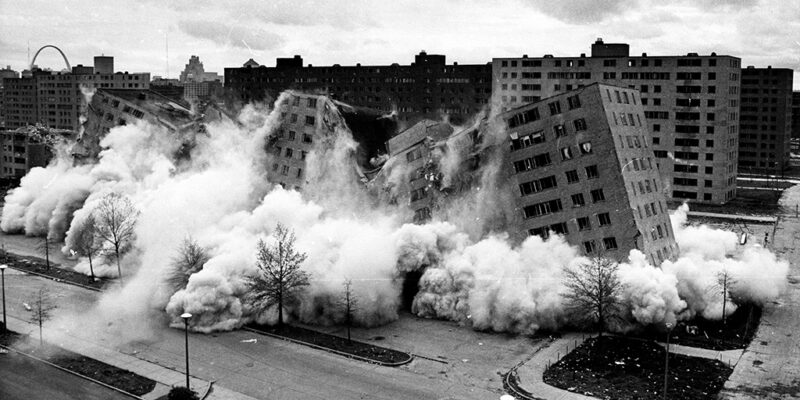


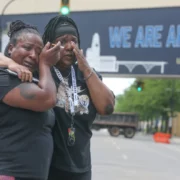
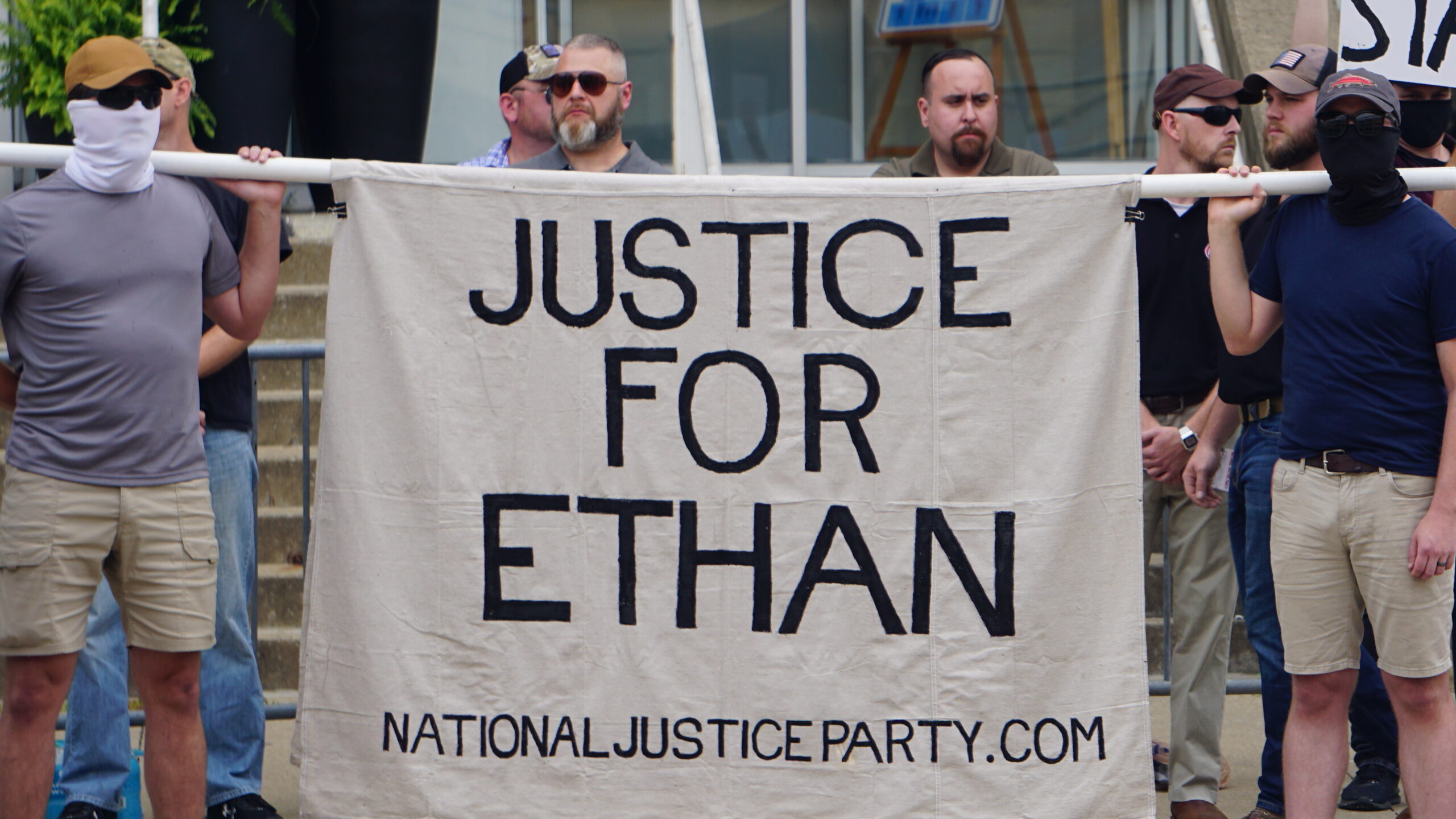
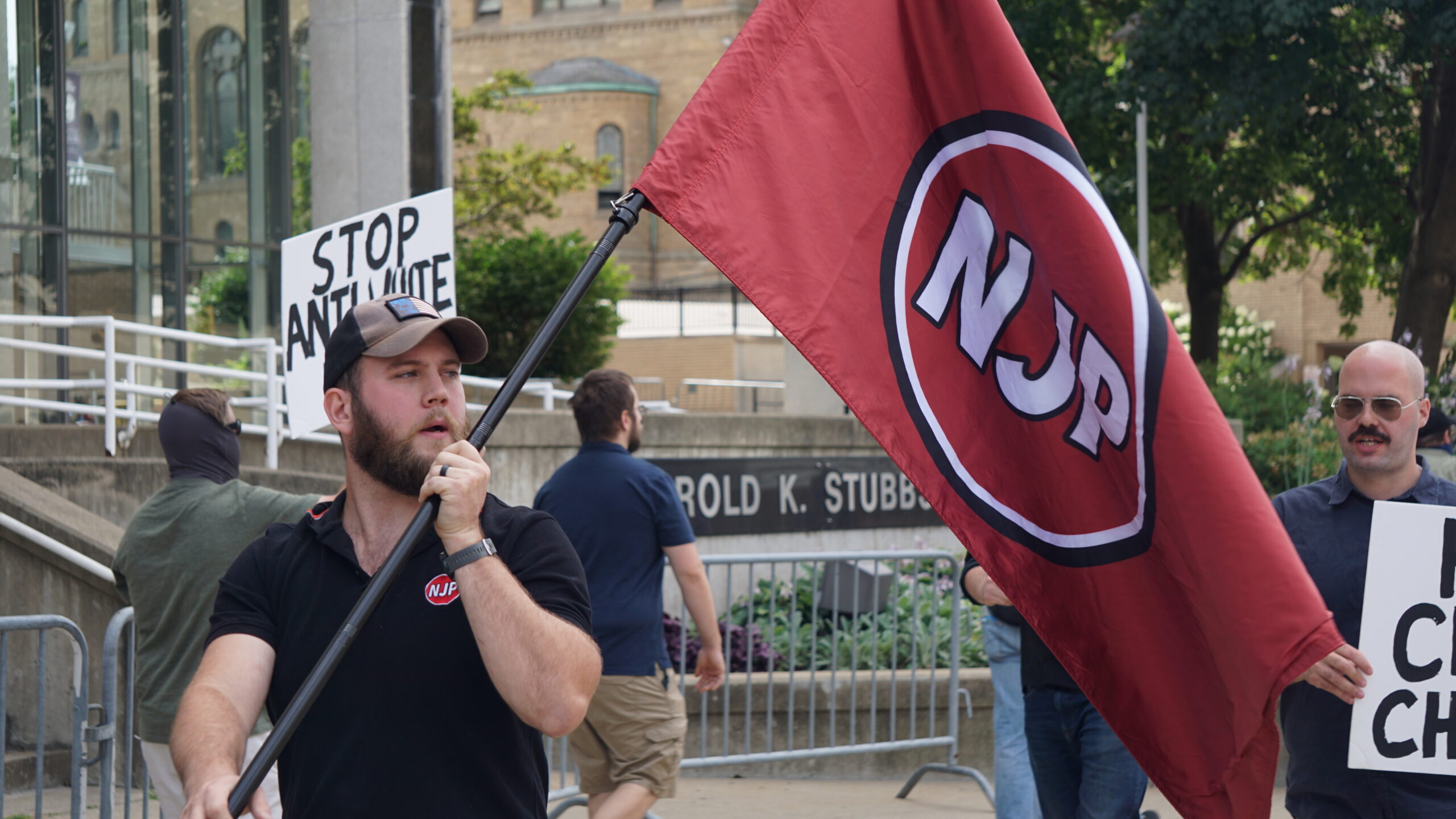



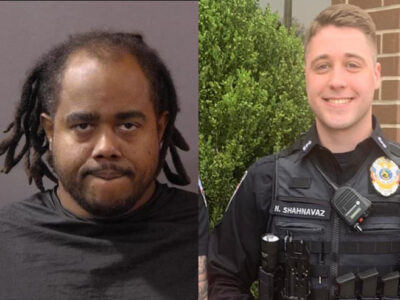

I’m probably not the only reader who’s family came from St. Louis back when it was habitable.
My grandparents grew up there and went to Central High, and I can look back at their school pictures and graduation photos from before the war and see what a utopia it was. By the standards of 2022 they lived in a different universe. Everyone in the pictures were healthy, clean and white. The buildings were newly rebuilt when they attended, but only because of tornados, not nognados. The last names of the kids graduating were predominantly German, and English with some Irish scattered in.
The city didn’t actually go to hell until the late 60s. My mother grew up there until one close call with a gentleman of color and my grandmother finally prevailed upon my grandpa the neccesity of leaving.
Unsurprisingly the suburb they escaped to in the late 60s was very dodgy by the late 90s when my grandparents moved to an assisted living facility.
Central High, which before the war was so idyllic, was 95% black by 1980, and was closed down for renovation by 1988 (because blacks can’t maintain anything). That renovation did nothing to fix the fact that the school was occupied by blacks and the school was completely closed in 2004.
There are millions of people with similar stories to my family, whether they come from St. Louis, Baltimore, Detroit, Philly, or any of the great cities of America. There is a huge lost legacy of the white people who built these cities and it’s all being lost because people are disconnected from these places. I only know of the experiences of my family because my mother worked to compile stories and experiences of herself and her mother.
If we were a people rooted in a place then we would have people, places, and things to remind us of the legacy of our forebearers. I’ve never met anyone who knew my grandparents or parents when they were young. they aren’t really interested in telling stories about themselves, but if we lived in a society we would be surrounded by people who knew us and our family and could tell us about that time when uncle steve was five and thought the dog needed a whole steak to himself…
But alas, we have all been made into rootless cosmopolitans.